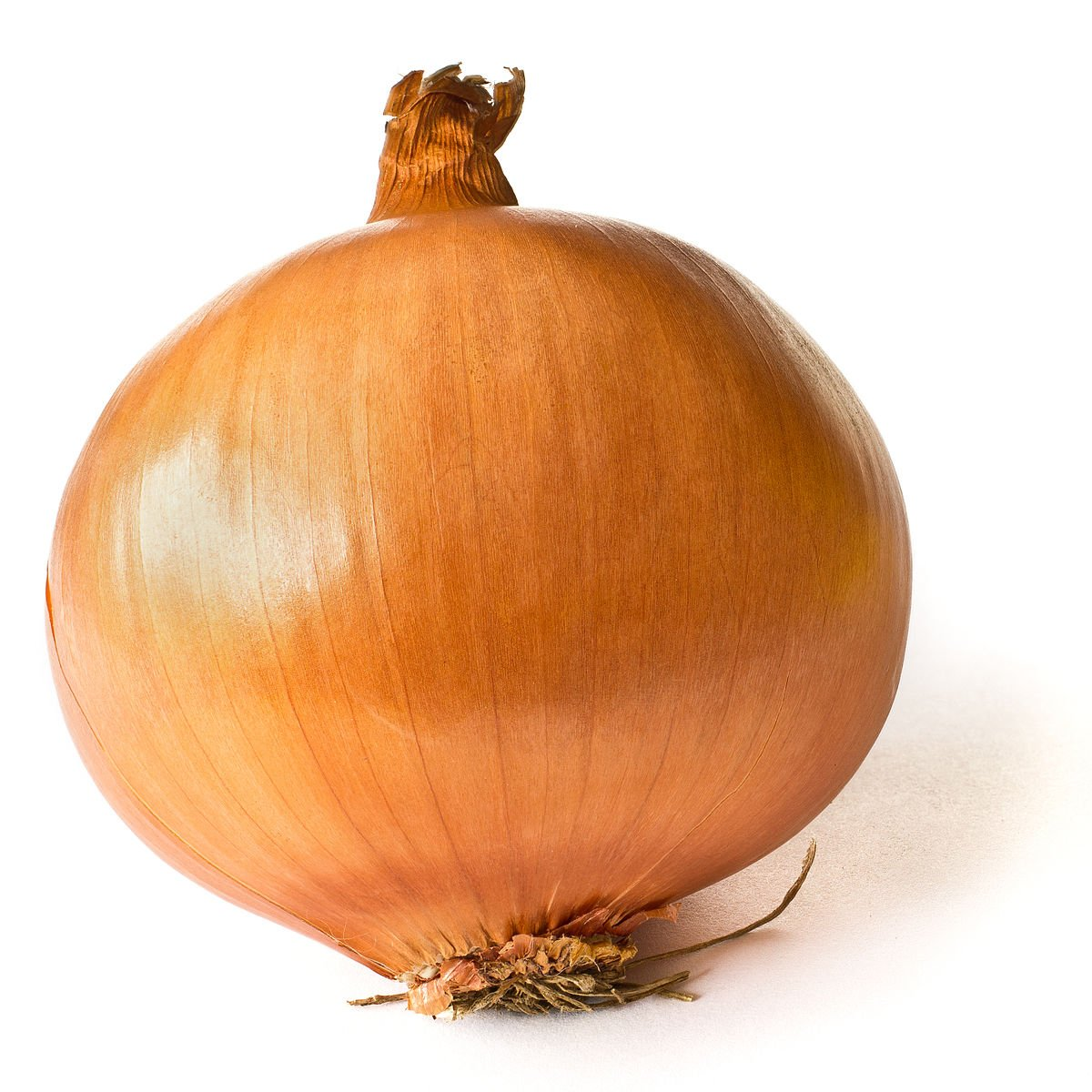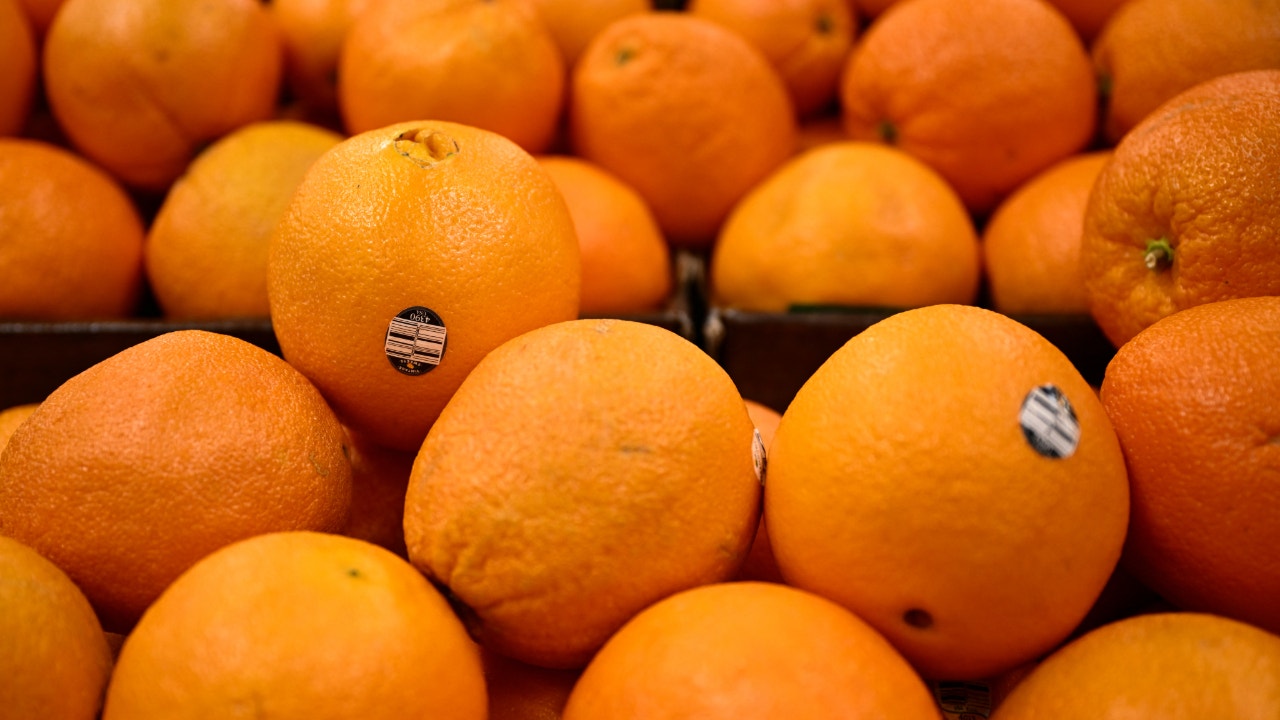A global shortage of oranges that sent prices soaring has prompted some orange juice manufacturers to consider turning to alternative fruits to make the breakfast staple.
…
“There are three main factors driving the soaring price of orange juice, and it’s drought, disease and demand,” Ted Jenkin, oXYGen Financial CEO and co-founder, told FOX Business.
The spike stems from declining output in Florida, which is the primary U.S. producer, and disease and extreme weather events in Brazil, which accounts for about 70% of global production.
Orange trees in Brazil have been suffering from a disease known as citrus greening. Once infected, citrus trees produce fruits that are partially green, small, misshapen and bitter. There is no cure, and trees typically die within a few years of infection.
The disease, along with severe heat waves and drought that occurred during the pivotal phases of flowering and early fruit formation, have put Brazil on track to register one of its worst orange harvests in more than three decades, according to a new report published by Fundecitrus and CitrusBR.
…
In the past, orange juice makers have avoided long-term shortages by freezing juice stock, which can be preserved and used for up to two years, according to the Financial Times. However, even that frozen stock is dissipating because of a three-year shortage build-up.
Cools said that manufacturers may have to consider using a different fruit, like mandarins, because their trees are more resistant to the greening disease. However, that could be a lengthy process.



That works to mitigate flying insects but you are always going to have some. With citrus greening all you need is one to go from infected tree to uninfected tree and the tree is now fatally infected.
Worse the tree will live for years and the insects spread the bacteria for miles from one infected tree. Florida has spent almost two decades fighting the disease. And lost badly.
Hell even is we had done ruthless culling of any citrus within a large range of and infected tree like we did with citrus canker in the 90s it probably wouldn’t have worked.
We failed to stop canker from spreading and canker only hurt production and made the fruit ugly and suitable only for juice. It was also much easier to manage as it was spread by leaf to leaf contact and via things like stepping on the leaves in one grove and not cleaning your boots before entering another grove.
In 2004 Florida produced 240 million boxes of citrus. Greening was discovered in Miami in 2005. In 2023 Florida produced 16 million boxes.